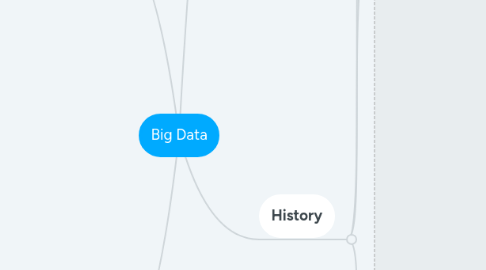Big Data
by Syed Haziq Hilmi Syed Norris Hikmi


1. Definition
1.1. A term that describes the large volume of data – both structured and unstructured – that inundates a business on a day-to-day basis.
2. History
2.1. The term “big data” refers to data that is so large, fast or complex that it’s difficult or impossible to process using traditional methods.
2.2. The act of accessing and storing large amounts of information for analytics has been around a long time.
2.3. But the concept of big data gained momentum in the early 2000s when industry analyst Doug Laney articulated the now-mainstream definition of big data as the three V’s
2.3.1. Volume
2.3.1.1. Organizations collect data from a variety of sources.
2.3.2. Velocity
2.3.2.1. With the growth in the Internet of Things, data streams in to businesses at an unprecedented speed and must be handled in a timely manner.
2.3.3. Variety
2.3.3.1. Data comes in all types of formats.
